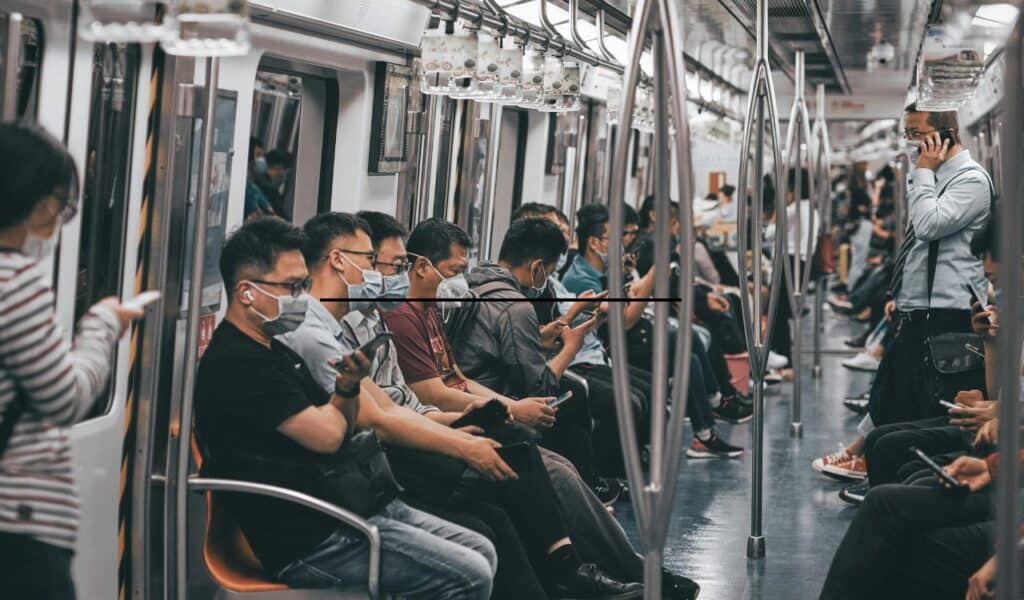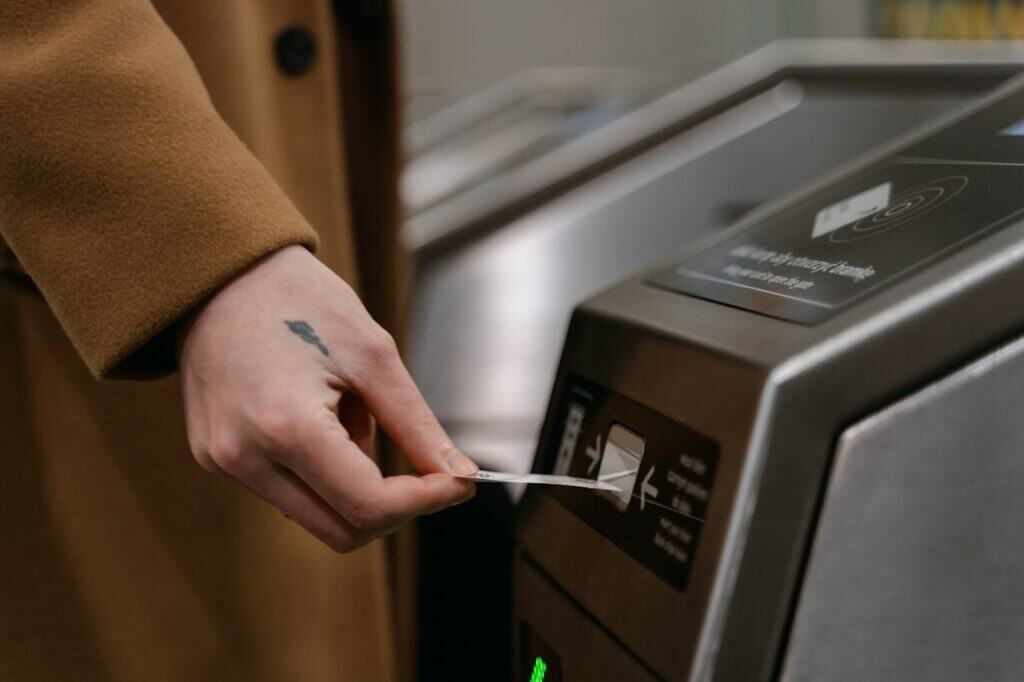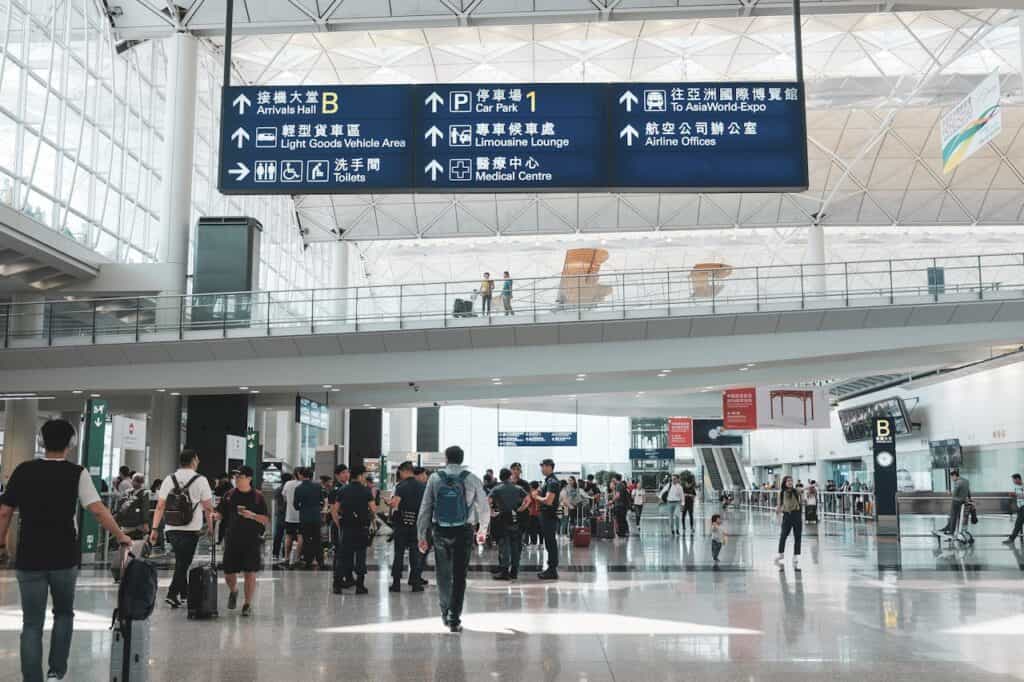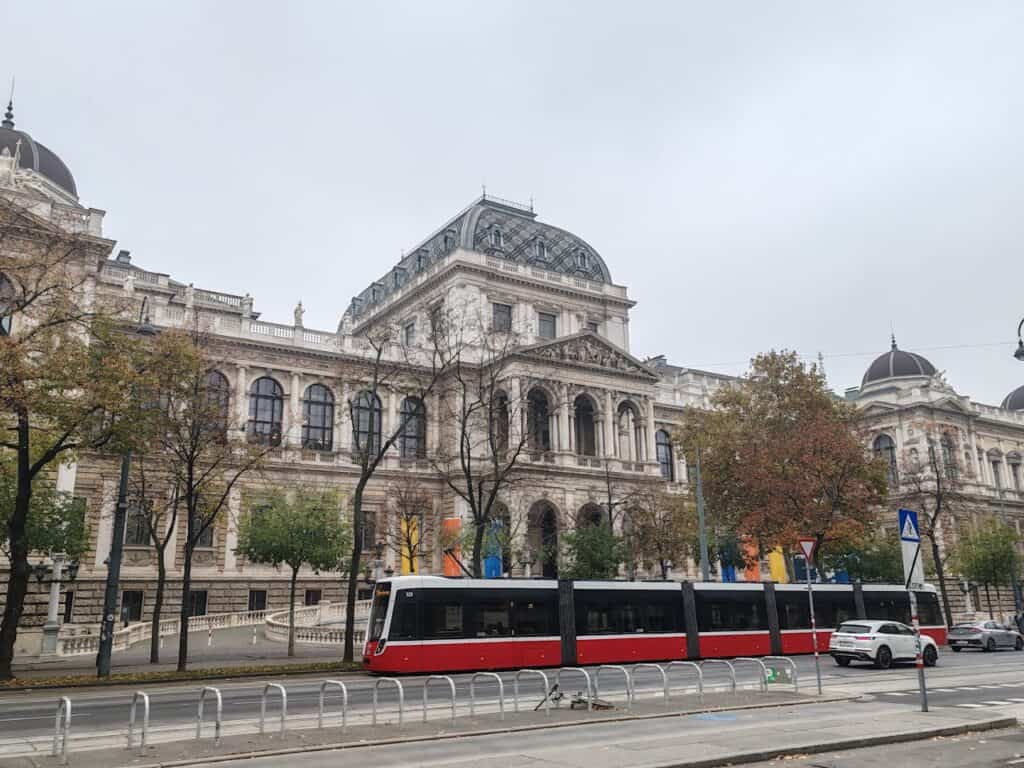We may earn money or products from the companies mentioned in this post. This means if you click on the link and purchase the item, I will receive a small commission at no extra cost to you … you’re just helping re-supply our family’s travel fund.
Travelers pick transit when it feels obvious, safe, and faster than their other options. That decision hinges on a few simple moments done right. Clear maps. Predictable service. Easy payment. Friendly help when plans change. Nail the basics and visitors stop defaulting to cars.
Here is the core truth. People trust what they can see and predict. If the vehicle comes often and on time, if paying takes one tap, and if signs make sense without a language lesson, riders relax. Do that across the network and the first try becomes a habit.
Make Frequency And Reliability Non-Negotiable

Short waits and steady headways are the strongest reason anyone rides. Put real money behind all-day frequency on core corridors and protect service from traffic with signal priority and dedicated lanes. Publish target headways and deliver them. Riders judge you by arrivals, not intentions.
Reliability is the brand. Restore predictable service first and watch confidence rise. Show how often trips are missed and how quickly you fix it. When schedules match reality, word spreads fast.
Make Paying And Boarding Frictionless

Tourists should not spend ten minutes learning fares. Contactless tap to pay with daily and weekly caps removes second guessing and the fear of overpaying. When riders know there is a fair ceiling, they take more trips and explore further. London proved the model and the message.
Sell passes that match real stays. Three-day and seven-day caps beat awkward visitor cards with small print. Keep refunds digital and simple.
Make the rules obvious at every door. Use one sentence and pictograms to say which cards or phones work and what the cap is. Repeat it on screens, posters, and the website.
Speed the stop itself. All-door boarding on busy routes cuts dwell time and keeps schedules intact. Pair it with proof-of-payment checks and on-board validators so speed and fairness move together.
Tell People Exactly When The Vehicle Arrives
Real-time information lowers stress and even trims the wait. Put accurate arrivals on platform screens and in the same branded app and web view so no one has to guess. Studies show real-time data reduces perceived waiting and nudges ridership up. Accuracy is a promise, so treat it like one.
Make wayfinding almost language free. Color code lines, use consistent letters or numbers, and place large overview maps at eye level. When travelers can confirm they are right without asking for help, they transfer with confidence.
Win Time Back With Boarding And Priority
Design small moves that add up to minutes saved. All-door boarding spreads passengers along the vehicle and slashes time at stops. The data repeats this story across cities. It is the fastest fix most bus networks can deploy.
Protect buses from traffic. Bus lanes and signal priority remove randomness and make timetables believable.
Publish corridor results so travelers know what improved. On San Francisco’s Geary, bus times got faster, collisions fell, and riders reported better reliability after upgrades. People notice when a line suddenly feels easy.
Keep enforcement simple and focused on flow. Paint lanes clearly, automate where legal, and train staff to help before they ticket. The goal is speed and predictability, not punishment.
Design Stops And Stations People Actually Want To Use

Riders judge a system the moment they reach the stop. Give them shelter from sun and rain, lighting that feels safe, and seating with backs. Keep escalators working, floors dry, and help points obvious. Clean, cared-for spaces reduce perceived risk and invite families and solo travelers in.
Clarity beats decoration. Use high-contrast signage and consistent arrows that match the app. Add local art as an anchor, not a distraction. A memorable station helps orientation, but utility comes first.
Connect Transit To Real Visitor Trips
Map the routes people actually take. Link airports, intercity rail, stadiums, museums, beaches, and trailheads with frequent service and easy transfers. If a traveler can land, tap to pay, and ride one line to the city core, they will not open a rideshare app.
Bundle access wherever possible. Event tickets that include transit and hotel keys that double as fare media turn a maybe into a yes. Publish one-tap itineraries for common trips and make sure they surface in major map apps.
Measure What Matters And Show Your Work
Track what riders feel. Headways, missed trips, dwell times, and door-to-door travel time belong on a public dashboard with simple charts. Celebrate gains, own misses, and explain fixes in plain language. When agencies post frequency and deliver it, people believe the rest about safety and value.
Survey after each major change. Ask about clarity, comfort, and reliability, not vanity features. Share the findings and the next steps so riders see their feedback shaping service.
Keep targets steady across seasons. Visitors return when last year’s good experience matches this year’s. Reliability, not novelty, is the product you sell.
Make Safety And Welcome Visible

Put staff where questions happen. Platforms, transfer points, and airport links need human help, not just signs. A friendly nudge toward the right platform rescues a fragile first impression and prevents a bad story from spreading.
Design for comfort after dark. Bright, even lighting, open sightlines, working cameras, and clean spaces make riders feel seen and safe. When people sense care, they try one more trip. That is how occasional riders become regulars on their next visit.
Sources
Other Blog Posts You Might Enjoy
www.idyllicpursuit.com (Article Sourced Website)
#Cities #Public #Transit #Appealing #Travelers #Author #Kathy #Haan
